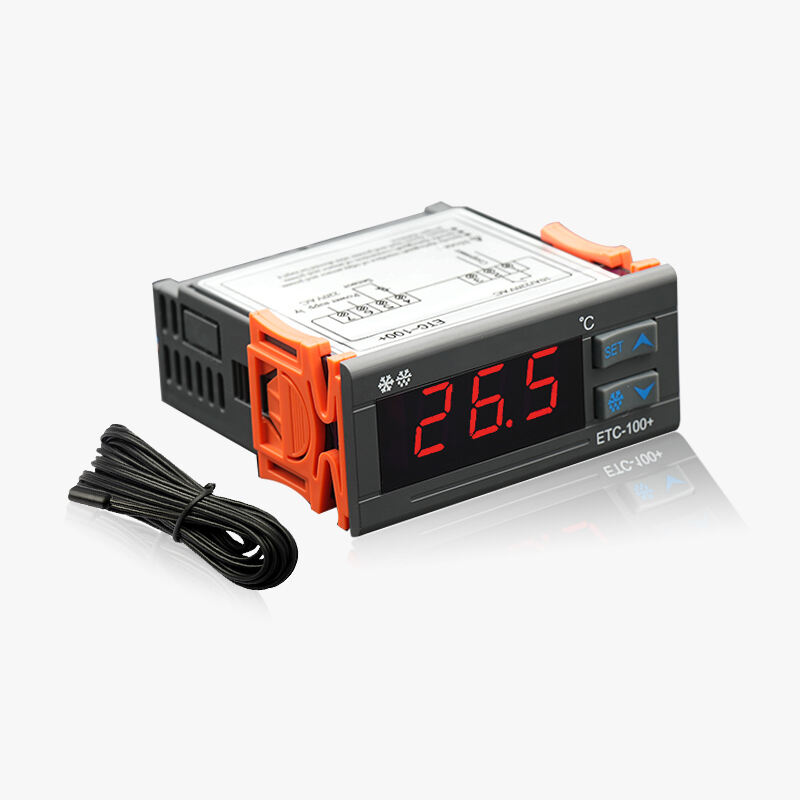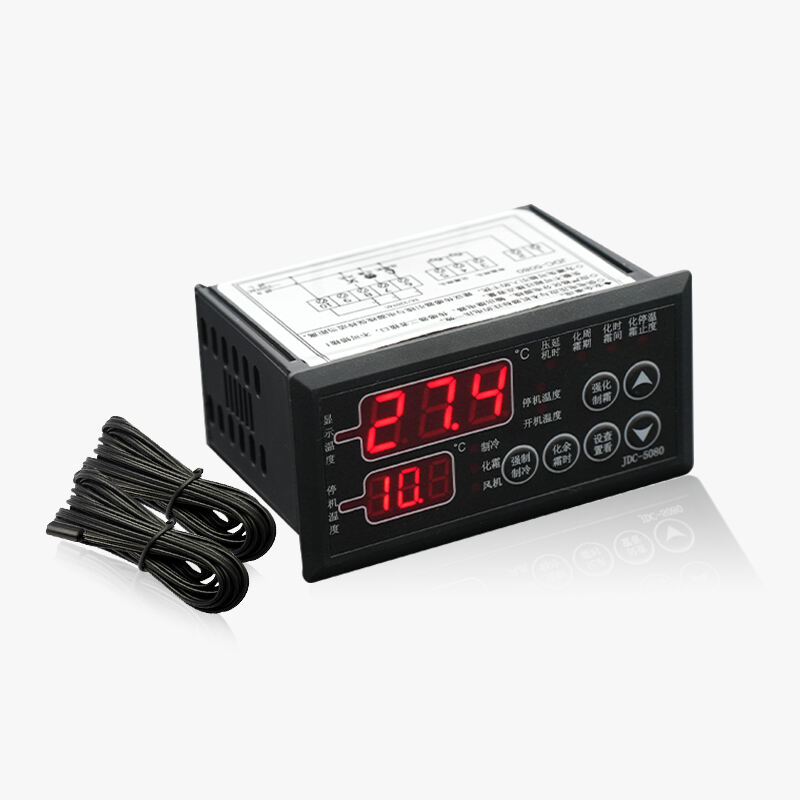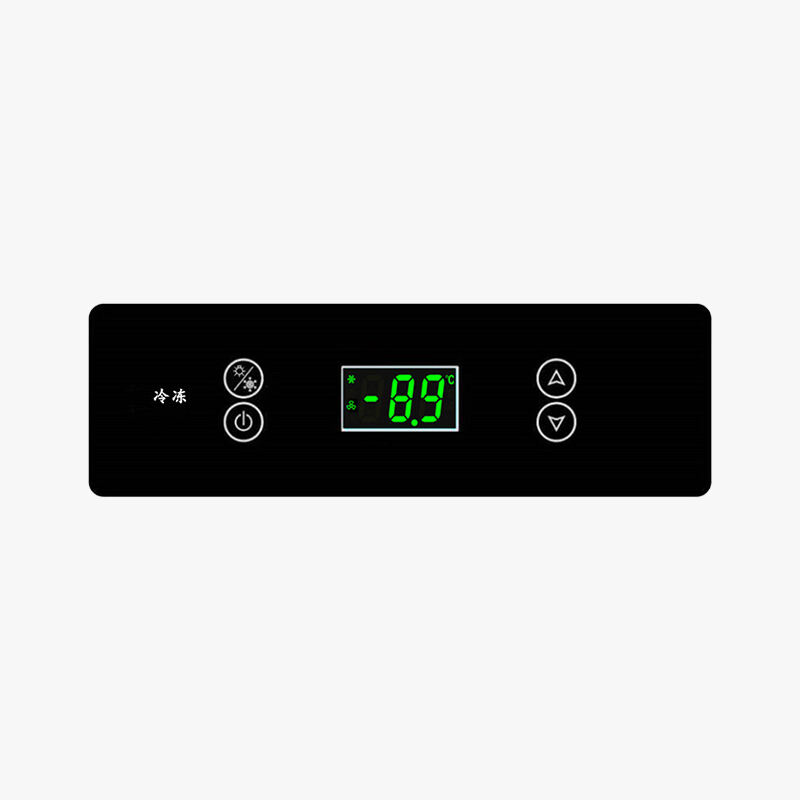Advanced PID Control Technology
The temperature controller's sophisticated PID control technology represents a significant advancement in temperature management systems. This intelligent control mechanism continuously calculates and adjusts output based on the difference between desired and actual temperature values. The proportional component provides immediate response to temperature changes, while the integral function eliminates steady-state errors, and the derivative action predicts future temperature trends. This three-fold approach ensures exceptionally stable temperature control, minimizing overshooting and undershooting of target values. The system's auto-tuning capability automatically optimizes PID parameters for specific applications, eliminating the need for manual adjustment and ensuring optimal performance across varying conditions. This advanced control technology is particularly valuable in applications requiring precise temperature maintenance, such as scientific research, manufacturing processes, and medical equipment.









